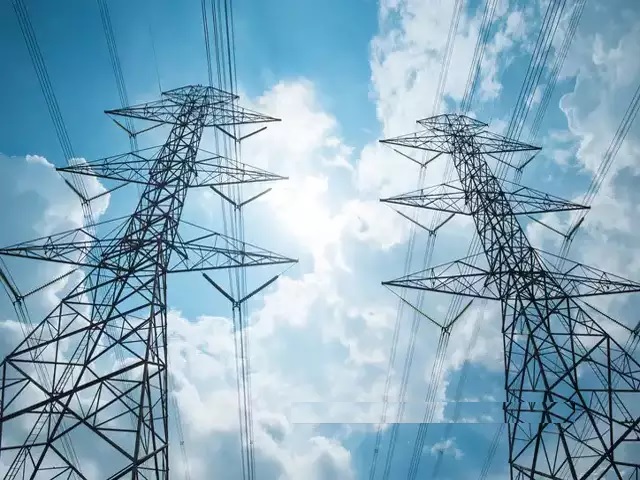The Evolution of Electrical Utilities
In the grand scheme of technological advancement, few innovations have been as transformative as the development and implementation of smart grid technology. As the world grapples with growing energy demands and environmental concerns, smart grids have emerged as a beacon of hope for electrical utilities. This article delves into the intricacies of smart grid technology and its profound impact on the landscape of electrical utilities.
The Genesis of Smart Grids
Smart grid technology represents the culmination of decades of research and development in the field of electrical engineering. It is the natural progression from traditional electrical grids, which were reliable but lacked the adaptability required for the modern world. The genesis of smart grids can be traced back to the early 21st century when concerns about energy efficiency, sustainability, and reliability started gaining prominence.
What is a Smart Grid?
At its core, a smart grid is an intelligent, digitally-enhanced electrical distribution system. Unlike conventional grids that operate on a one-way flow of electricity, smart grids are two-way communication networks. They integrate advanced sensors, meters, and controls that gather and analyze data in real-time. This information is then used to optimize the generation, distribution, and consumption of electricity.
Key Components of Smart Grid Technology
1. Advanced Metering Infrastructure (AMI)
AMI is a pivotal component of smart grids. It replaces traditional meters with smart meters that can transmit real-time data on energy consumption back to the utility provider. This not only allows consumers to monitor their usage but also helps utilities identify and address issues promptly.
2. Distribution Automation
Distribution automation involves the use of sensors and controls to remotely monitor and manage the distribution network. It enables utilities to detect faults and outages faster, reducing downtime and improving overall reliability.
3. Demand Response Programs
Smart grids facilitate demand response programs, where consumers can adjust their electricity usage during peak demand periods. This not only reduces stress on the grid but also allows consumers to lower their energy bills.
4. Renewable Energy Integration
One of the most significant advantages of smart grids is their ability to seamlessly integrate renewable energy sources like solar and wind power. This promotes sustainability and reduces carbon emissions.

The Impact on Electrical Utilities
The adoption of smart grid technology has brought about a seismic shift in the way electrical utilities operate. Here are some of the key ways in which smart grids have impacted the industry:
1. Enhanced Reliability
Smart grids have significantly improved the reliability of electrical utilities. The real-time monitoring and automated fault detection ensure that issues are addressed promptly, reducing downtime and inconvenience for consumers.
2. Improved Energy Efficiency
By optimizing energy distribution and reducing wastage, smart grids have made electrical utilities more energy-efficient. This not only saves money but also contributes to environmental sustainability.
3. Integration of Renewable Energy
As the world moves towards cleaner energy sources, smart grids play a crucial role in integrating renewable energy into the electrical grid. This transition is essential for reducing greenhouse gas emissions and combating climate change.
4. Empowered Consumers
Smart grids empower consumers by providing them with real-time information about their energy usage. This allows individuals and businesses to make informed decisions about when and how they use electricity, leading to cost savings.
5. Grid Modernization
The adoption of smart grid technology has necessitated the modernization of existing electrical infrastructure. This creates job opportunities and stimulates economic growth in the technology and energy sectors.
Challenges and Future Prospects
While smart grids offer immense promise, they are not without challenges. Cybersecurity concerns, the high cost of implementation, and the need for regulatory reforms are among the hurdles that must be overcome.
Looking ahead, the future of electrical utilities is undeniably tied to smart grid technology. As innovations continue to drive progress in this field, we can expect even greater efficiency, sustainability, and reliability in the generation and distribution of electricity. If you want to find great tips and information about the evolution of electrical utilities, visit this web-site to learn more.
In conclusion, smart grid technology represents a watershed moment in the evolution of electrical utilities. It is not merely a technological upgrade but a paradigm shift that is ushering in an era of greater efficiency and environmental responsibility. As we navigate the challenges and opportunities presented by smart grids, one thing is certain: the way we produce and consume electricity will never be the same.








